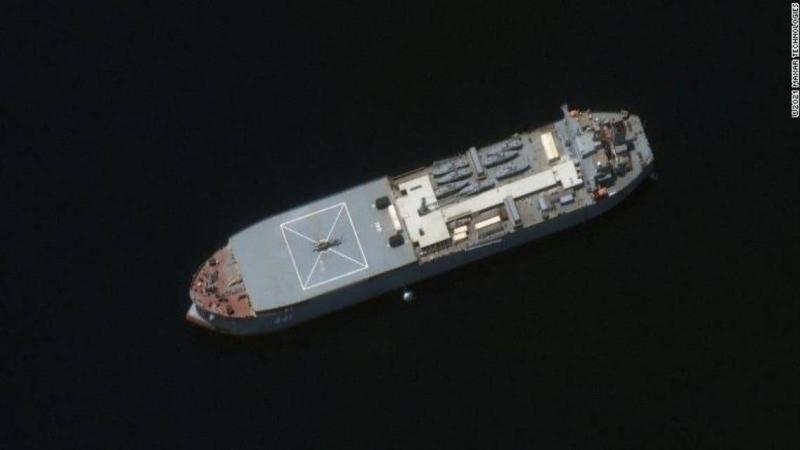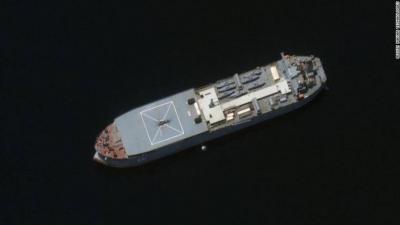The American Pentagon has warned of the possibility of Iranian attacks in the Atlantic Ocean, similar to those occurring in the Arabian Gulf. This warning came after it was observed, along with U.S. intelligence agencies, that there were fast rubber boats on Iranian tankers heading toward the Atlantic. According to a report by CNN on Friday, satellites revealed the presence of seven boats on these tankers, although the level of their threat has not yet been verified. The Pentagon expressed its right to respond and defend itself if necessary against any threats to it or its allies in the Atlantic.
Iran, on its part, denied having any intentions of aggression, asserting that the boats were heading to Venezuela for purely commercial purposes. It is noted that the Iranian naval vessel, which has been revealed by a U.S. intelligence gathering comprising 16 agencies known as the United States Intelligence Community, could be heading with an oil tanker to Venezuela. This frigate is regarded as the largest vessel in the Iranian fleet, as reported by the American news site Politico in a recent article based on three U.S. officials "familiar with the situation."
The site quoted its sources as stating that Iran's sending of the two ships is "a step that could be provocative" amidst tensions in U.S.-Iranian relations. Although the three officials "do not know the exact destination of the two ships," they believe that they may be headed to Venezuela, "where Iran's intentions in sending ships to the Western Hemisphere remain a mystery, as well as their cargoes," according to the site.
The frigate described by Iranian Navy Commander Hossein Khanzadi as the largest naval vessel in the Iranian fleet measures 230 meters in length and over 6 meters in height, according to the Tehran Times. It was observed in December near the entrance of the Arabian Gulf, close to the Strait of Hormuz, as shown in a published satellite image.
Additionally, the "Makran," considered a base for fast boats, carries out various logistical tasks beyond those of a frigate, including the deployment of special forces, search and rescue operations, logistics transport, information gathering, and the operation of radar and missile systems. It can also be quickly converted into a hospital for treating patients, capable of receiving or returning them via helicopters that land and take off from a wide landing area accommodating seven helicopters along with several unmanned aerial vehicles.




